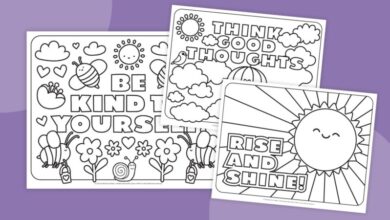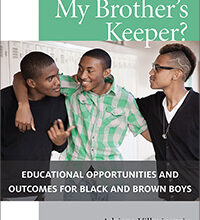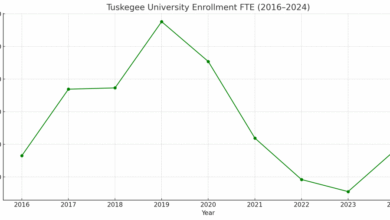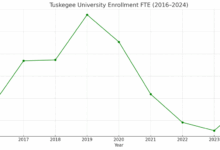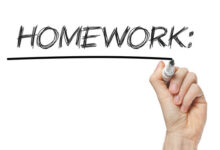5 More Things I Learned Sitting in a Classroom

By Sarah Cooper
 A decade ago, after a week of professional development through the Gilder Lehrman Institute at the 9/11 Memorial & Museum, I wrote a piece on what I’d discovered being a student again: 10 Things I Learned Sitting in a Classroom.
A decade ago, after a week of professional development through the Gilder Lehrman Institute at the 9/11 Memorial & Museum, I wrote a piece on what I’d discovered being a student again: 10 Things I Learned Sitting in a Classroom.
This summer I had another incredible chance to be a social studies learner, this time at the National Constitution Center in Philadelphia, in a week-long seminar co-sponsored by the Organization of American Historians and the Sandra Day O’Connor Institute for American Democracy.
Being eleven years older and perhaps wiser, I’m extending the original piece (which still resonates) with five additional things I learned, all of which I’ll take back to my own 8th U.S. History & Civics classes this year. One overarching takeaway is that human connection is still paramount for creating the conditions necessary to learn content – even among adults, many of whom graduated from college twenty-plus years ago!

1. A social opening lays the groundwork for learning.
Every day at the institute, I looked forward to lining up for croissants and coffee with two dozen classmates, all history and government teachers, and our lead scholars. This soft start woke me up, primed me for later conversations, and kept me curious about the people in the room.
Such socializing is similar to the daily chats I’ve done each day for five years, where each student answers a question such as “rate your energy level 1-10 and tell us why,” or “what’s your favorite thing to do when you get home from school.”
2. Fun reviews can reconnect us to the material and to each other.
For a while I’ve been wanting to use low-stakes quizzes for retrieval practice to cement concepts. During this class we processed so much information that I started each morning by scrolling through notes from the day before, writing key ideas I wanted to apply to my classes or remember for myself.
Some days I could easily ask students to do note-based self-reflections, while other days I could create a quick game or quiz through Kahoot, Quizlet or an AI chatbot to practice key vocabulary.
3. For homework to be meaningful, we need to engage with it directly and actively.
If we assign readings and then discuss them in class, that’s a start. But I realized last week that if I wasn’t asked additionally to do something hands-on with the reading, such as talk and write with my table group about a particular passage, I didn’t feel I had engaged with the history as much as I could have.
Now I’m even more determined to create touchpoints during class that reinforce students’ notes or annotations. Another option is to check each student’s homework while they’re working on something else – offering a verbal comment – to show that I appreciate their opinion and am curious about their work.
4. How long do students need to grapple with concepts? Probably longer than we think.
It’s a good problem to have, but at times during this workshop I wanted more processing time to imagine how to distill what we were learning for our classrooms, or to hear how other teachers addressed a topic or strategy.
I know I don’t regularly give enough time in class for students to think, consolidate and process, except when we’re devoting entire periods to research. At times I end activities before everyone finishes in order to move along with what we’re covering. And sometimes it’s those students who pick things up more quickly who need extra time, because they are already transferring the ideas to other disciplines or future projects in their own notes.
5. We are all learners.
In the presence of expert AP U.S. Government & Politics teachers, not to mention two university professors, I found myself sometimes shyer than I wanted to be. I didn’t know as many details of Supreme Court cases as they did, and I didn’t want to sound unknowledgeable.
This unexpected reticence makes me want to remind my eighth graders that we are all learners, even me. I’d also like to express gratitude for students when they express misconceptions, recognizing that it’s a way to help us all improve our understanding.
If you can swing it in the summer, I can’t think of a better way to spend a week than with eager colleagues, supported by organizations that honor the work we do daily. If you have additional learnings to share from being a student yourself, I’d love to hear them!
Sarah J. Cooper teaches eighth-grade U.S. History and is Associate Head of School at Flintridge Prep in La Canada, California, where she has also taught English Language Arts. Sarah is the author of Making History Mine (Stenhouse, 2009) and Creating Citizens: Teaching Civics and Current Events in the History Classroom (Routledge, 2017). She presents at conferences and writes for a variety of educational sites. You can find all of Sarah’s writing at sarahjcooper.com.

